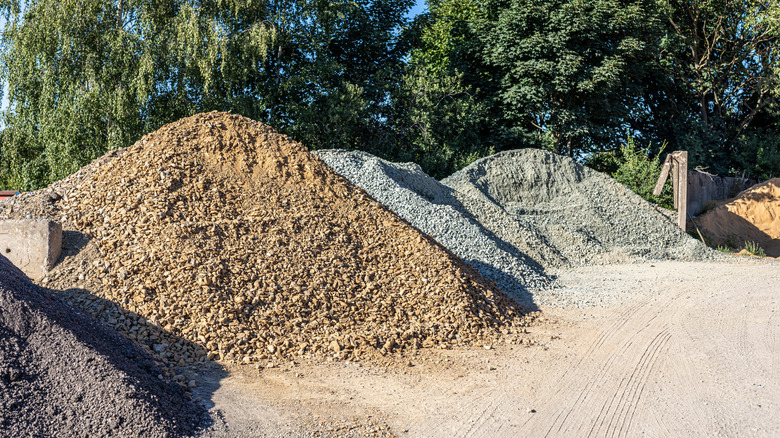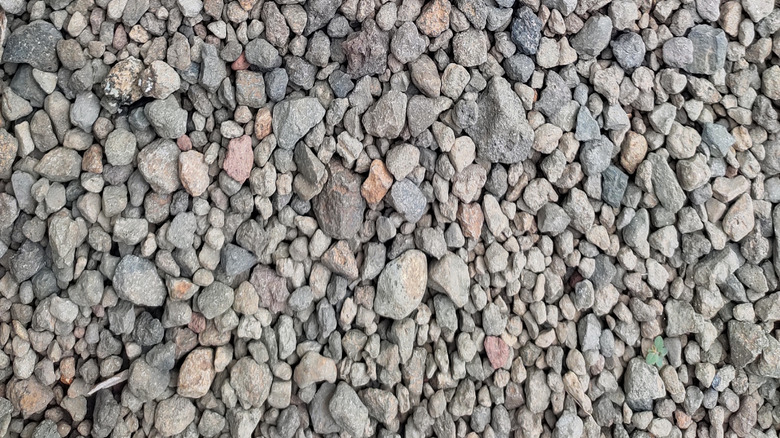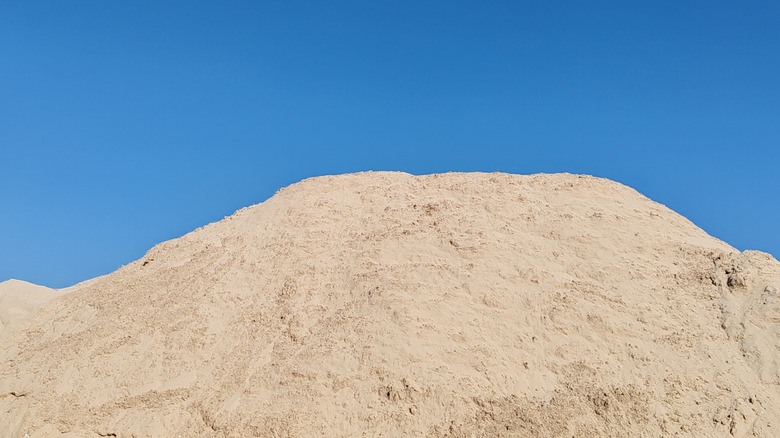Gravel Vs Sand: Which Is Better For Backfilling Home Improvement Projects
Backfilling is the process of refilling areas dug up during construction, and the materials you choose for this process directly impact drainage, stability, and long-term performance. Gravel and sand are two of the most common options, and each comes with its own pros and cons that make them suitable for different jobs. Gravel is typically made from crushed stone or river rocks and offers excellent drainage and load-bearing capabilities. Sand, on the other hand, provides great compaction and leveling abilities, but behaves a bit differently with moisture and weight.
Picking the perfect backfill material depends on a few different things: your project's structural demands, soil conditions, and water management needs. Rocks and gravel are the perfect choice for drainage because of their porous nature. However, people completing projects that require precise leveling might prefer sand for its ability to create a smooth base. Always consider what's under your backfill as well, since certain soils like clay need specific materials to prevent hydrostatic pressure and settling issues over time.
Gravel allows drainage and bears heavy weight
There are many different types of gravel to consider, but no matter which you choose, its main strength as a backfill material is drainage. The space between stones allows water to flow quickly and easily without washing away, making it ideal for areas prone to heavy rains. This drainage prevents hydrostatic pressure buildup that could crack walls or displace structures. Gravel is also resistant to compaction over time, maintaining its strength better than sand in high-traffic areas. The edges of the rocks in crushed gravel lock together with each other to create a very stable base that won't shift easily.
Gravel does have some downsides, though. For example, the same drainage properties that benefit wet areas can make it unsuitable for projects that require some water retention. Smaller gravel particles can migrate over time, potentially clogging up drainage or creating an uneven surface. Cost is another consideration; basic crushed gravel is generally a cheap choice, but premium varieties can cost much more than sand. Furthermore, installation difficulties can increase with gravel, as its shape makes precise leveling more difficult without special equipment.
Sand is more level and retains moisture
Sand is great for projects that require specific leveling and compaction. The fine particles of sand fill areas completely, creating a stable base that's perfect for concrete patios or brick walkways. Unlike gravel, sand can be leveled quickly and without the use of specialized equipment; a simple screed board or hand tamper will do for smaller projects. Sand's moisture retention is an advantage for maintaining consistent levels around buried utilities like water lines, preventing the dry conditions that could cause some pipes to crack.
But there is such thing as too much of a good thing, and sand's biggest weakness is also water. When soaked, sand can quickly lose much of its load-bearing capabilities. This makes it unsuitable for heavy structural backfills. Over time, sand can wash out, compact, or shift under heavy weight as well, potentially causing settling issues that require expensive fixes. Much like gravel, the cost of sand varies by type. Basic fill sand is inexpensive, but specialized varieties like mortar sand can cost almost as much as premium gravel.
Another option you might want to consider is using fill dirt over sand for landscaping needs or creating a mixture of the two. Either way, research your projects ahead of time. Each backfill situation is unique, and they all require specific choices based on individual need, surrounding areas, and budget. Taking your time and planning ahead will save you headaches in the long run.


